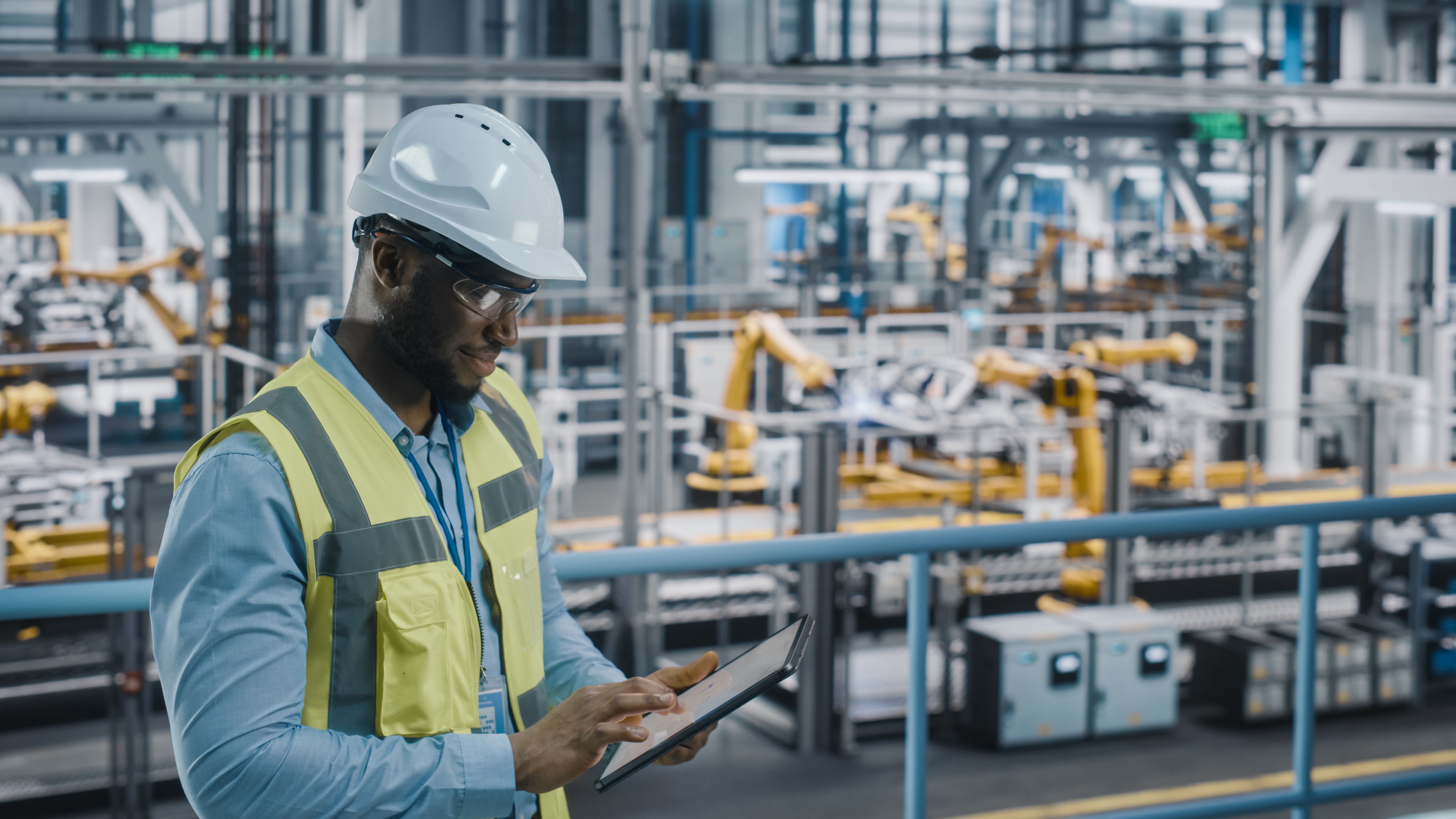Essential KPIs for Effective Facility Management
Understanding Facility Management KPIs
Facility management is a multifaceted discipline that requires strategic oversight to ensure smooth operations. Key Performance Indicators (KPIs) are essential tools that help facility managers measure efficiency, track progress, and identify areas for improvement. By leveraging these metrics, organizations can enhance their facility's performance and achieve operational excellence.

Operational Efficiency KPIs
One of the primary goals of facility management is to maintain operational efficiency. KPIs such as maintenance response time and work order completion rates are critical for assessing how quickly and effectively issues are addressed. Monitoring these metrics can help in identifying bottlenecks and optimizing resource allocation, ensuring that facilities run smoothly without unnecessary delays.
Another important KPI in this category is energy consumption. By keeping track of energy usage, facility managers can implement energy-saving measures that reduce costs and environmental impact. This not only contributes to sustainability but also enhances the organization's bottom line.
Financial Performance Indicators
Managing a facility's financial performance is crucial for maintaining a balanced budget. KPIs such as cost per square foot and budget variance are essential for understanding how financial resources are being utilized. These metrics provide insights into whether the facility is operating within its financial constraints and highlight areas where cost efficiencies can be achieved.

Another financial KPI to consider is the return on investment (ROI) for facility upgrades or renovations. By analyzing this metric, facility managers can make informed decisions about capital expenditures, ensuring that investments yield the desired financial returns.
Space Utilization Metrics
Effective space management is a critical component of facility management. KPIs related to space utilization, such as occupancy rates and space allocation efficiency, help managers optimize the use of available space. High occupancy rates can indicate efficient use of space, while low rates may suggest opportunities for reallocation or restructuring.
Additionally, monitoring desk utilization in office environments can provide insights into how different workspaces are used. This information can guide decisions on workspace design, ensuring that facilities meet the needs of employees and support productivity.

Customer Satisfaction and Experience
The satisfaction and experience of users within a facility are paramount. KPIs such as customer satisfaction scores and feedback response time measure how well the facility meets user expectations. Positive feedback can enhance reputation and foster loyalty, while constructive criticism can highlight areas for improvement.
Facility managers should also track incident resolution times, which reflect the efficiency of addressing user complaints or issues. Faster resolution times contribute to higher satisfaction levels and demonstrate a commitment to quality service.
The Role of Technology in KPI Tracking
The integration of technology plays a significant role in tracking and analyzing facility management KPIs. Tools like facility management software enable real-time data collection and analysis, providing managers with actionable insights. This technology supports data-driven decision-making, enhancing the overall effectiveness of facility management strategies.
Implementing automated systems for monitoring key metrics ensures that data is accurate and up-to-date, allowing for proactive measures rather than reactive solutions. As technology continues to evolve, its role in KPI tracking will only become more integral to effective facility management.
